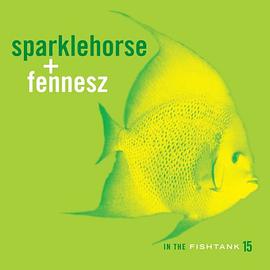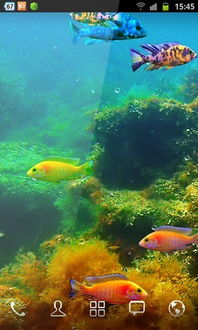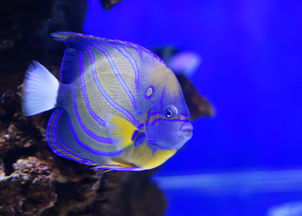Sand or Gravel for Fish Tank: A Comprehensive Guide
Choosing the right substrate for your fish tank can significantly impact the health and well-being of your aquatic pets. Sand and gravel are two of the most popular choices, each offering unique benefits and considerations. In this article, we will delve into the details of using sand or gravel for your fish tank, helping you make an informed decision.
Understanding the Basics

Sand and gravel are both natural materials that can be used as substrates in fish tanks. They serve several purposes, including providing a natural habitat for your fish, improving water quality, and offering a surface for beneficial bacteria to thrive.
Benefits of Sand

Sand has several advantages over gravel, making it a popular choice for many aquarium enthusiasts.
-
Smooth texture: Sand has a smooth texture that is gentle on your fish’s fins and scales, reducing the risk of injury.
-
Good for bottom-dwellers: Sand is ideal for bottom-dwelling fish, as it allows them to easily move around and dig for food.
-
Easy to clean: Sand is relatively easy to clean and maintain, making it a convenient choice for busy aquarium owners.
Benefits of Gravel

Gravel also offers several benefits, making it a suitable choice for many fish tanks.
-
Visual appeal: Gravel comes in various colors and sizes, allowing you to create a visually appealing aquarium.
-
Good for plant growth: Gravel provides a stable surface for aquatic plants to grow on, promoting a healthy and vibrant tank.
-
Longevity: Gravel is more durable than sand and can last for years without needing to be replaced.
Considerations for Sand and Gravel
While both sand and gravel have their benefits, there are some important considerations to keep in mind when choosing a substrate for your fish tank.
Size and Texture
The size and texture of the sand or gravel you choose can impact your fish’s health and the overall appearance of your tank.
-
Sand: Opt for fine or medium-grained sand to ensure your fish’s safety and create a visually appealing tank.
-
Gravel: Choose a gravel size that is appropriate for your fish species. Larger gravel is better for bottom-dwellers, while smaller gravel is suitable for fish that swim in the middle or top layers of the water column.
Water Quality
Both sand and gravel can affect water quality in your fish tank.
-
Sand: Sand can trap debris and organic matter, which can lead to poor water quality if not properly maintained.
-
Gravel: Gravel can also trap debris, but it is generally easier to clean than sand.
Cost and Availability
The cost and availability of sand and gravel can vary depending on your location and the type of material you choose.
-
Sand: Sand is generally more affordable and widely available than gravel.
-
Gravel: Gravel can be more expensive and may not be available in all areas.
Choosing the Right Substrate for Your Fish Tank
When choosing between sand and gravel for your fish tank, consider the following factors:
-
Your fish’s needs: Choose a substrate that is suitable for your fish species, taking into account their size, behavior, and dietary requirements.
-
Water quality: Consider the impact of the substrate on water quality and choose a material that is easy to maintain.
-
Visual appeal: Choose a substrate that complements the overall aesthetic of your tank.
-
Cost and availability: Consider the cost and availability of the substrate in your area.
Conclusion
Whether you choose sand or gravel for your fish tank, both materials offer unique benefits and considerations. By understanding the basics and considering your fish’s needs, you can create a healthy and visually appealing aquarium that will provide years of enjoyment.
